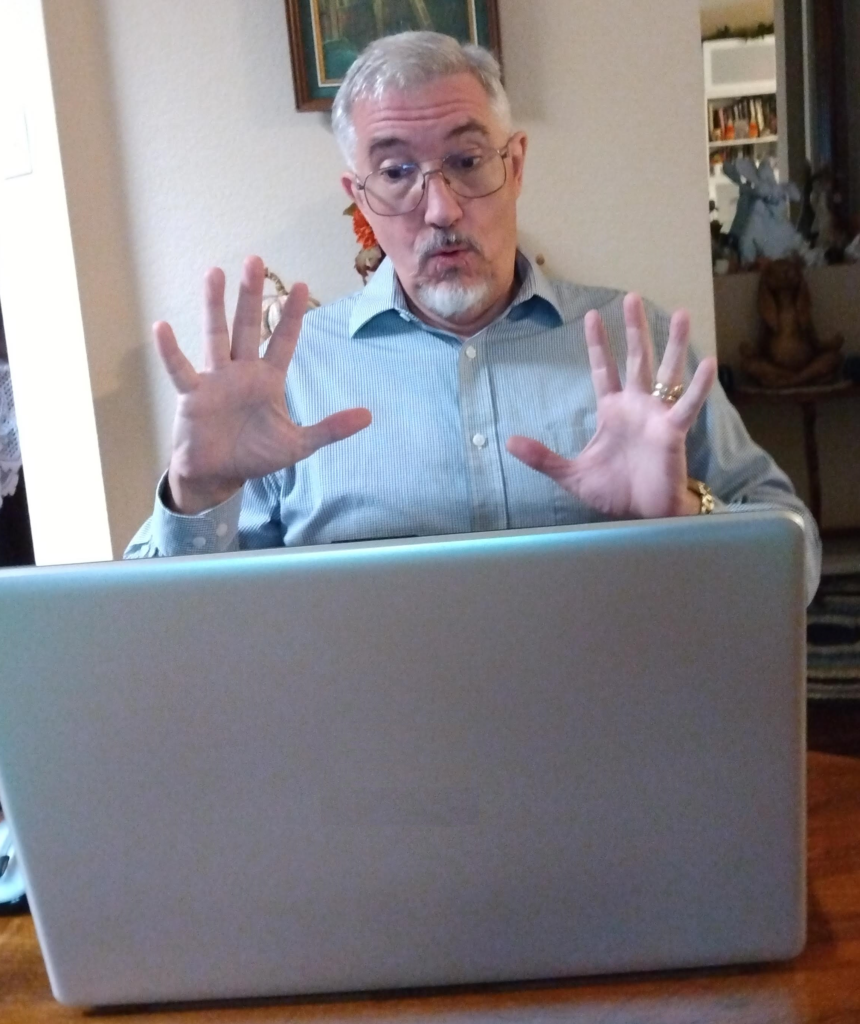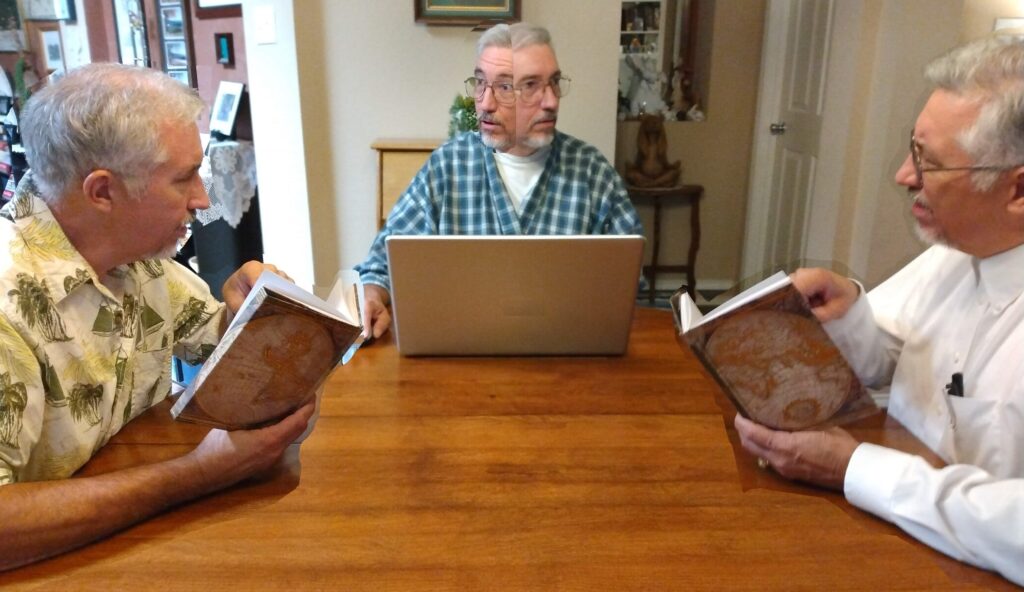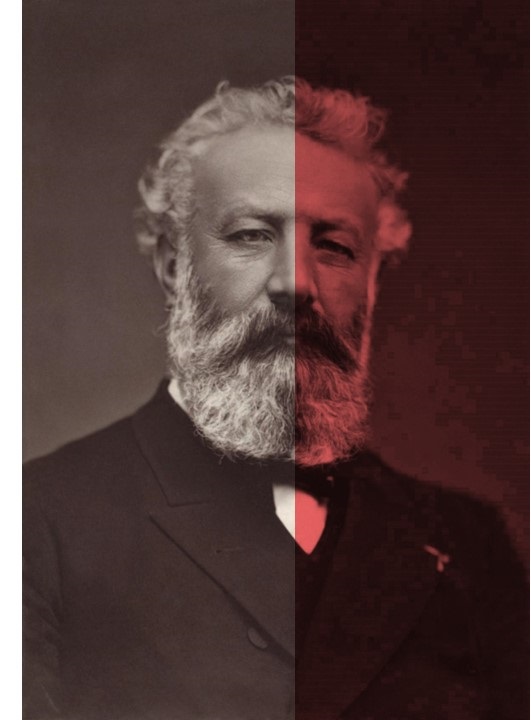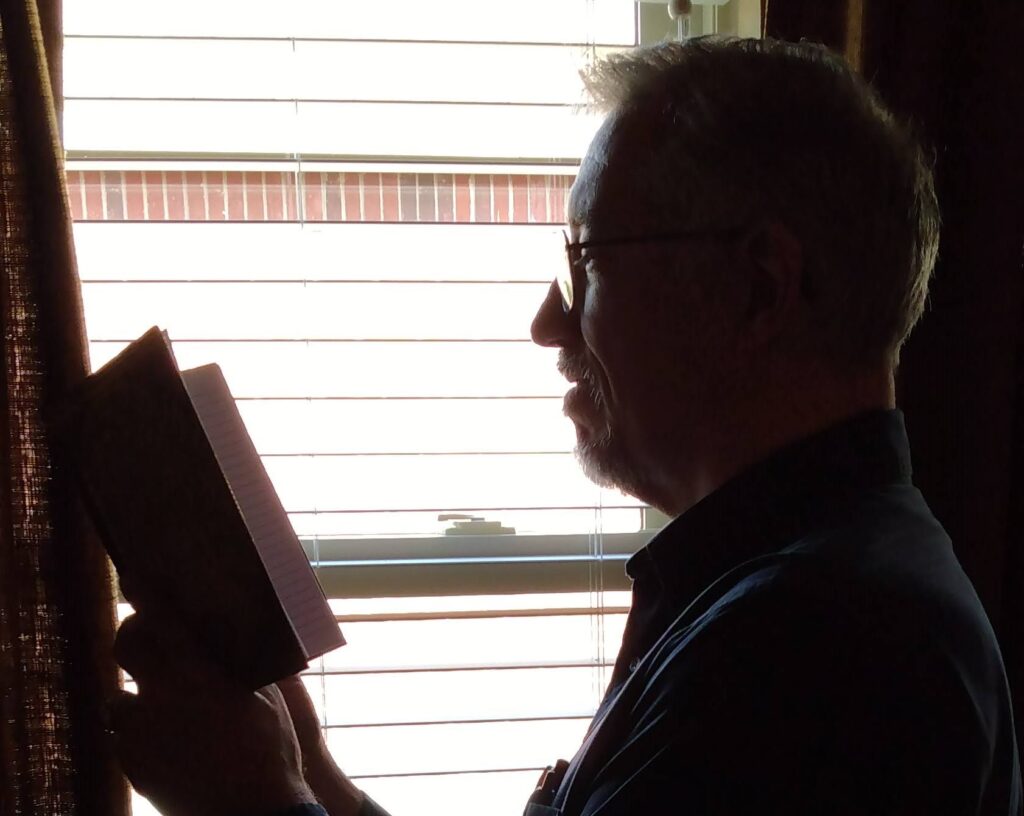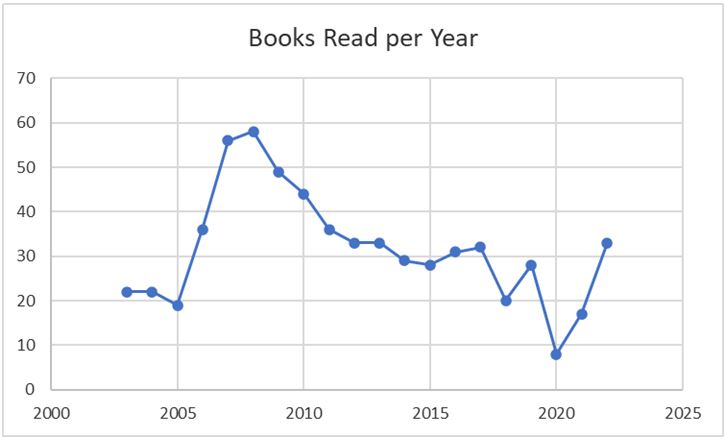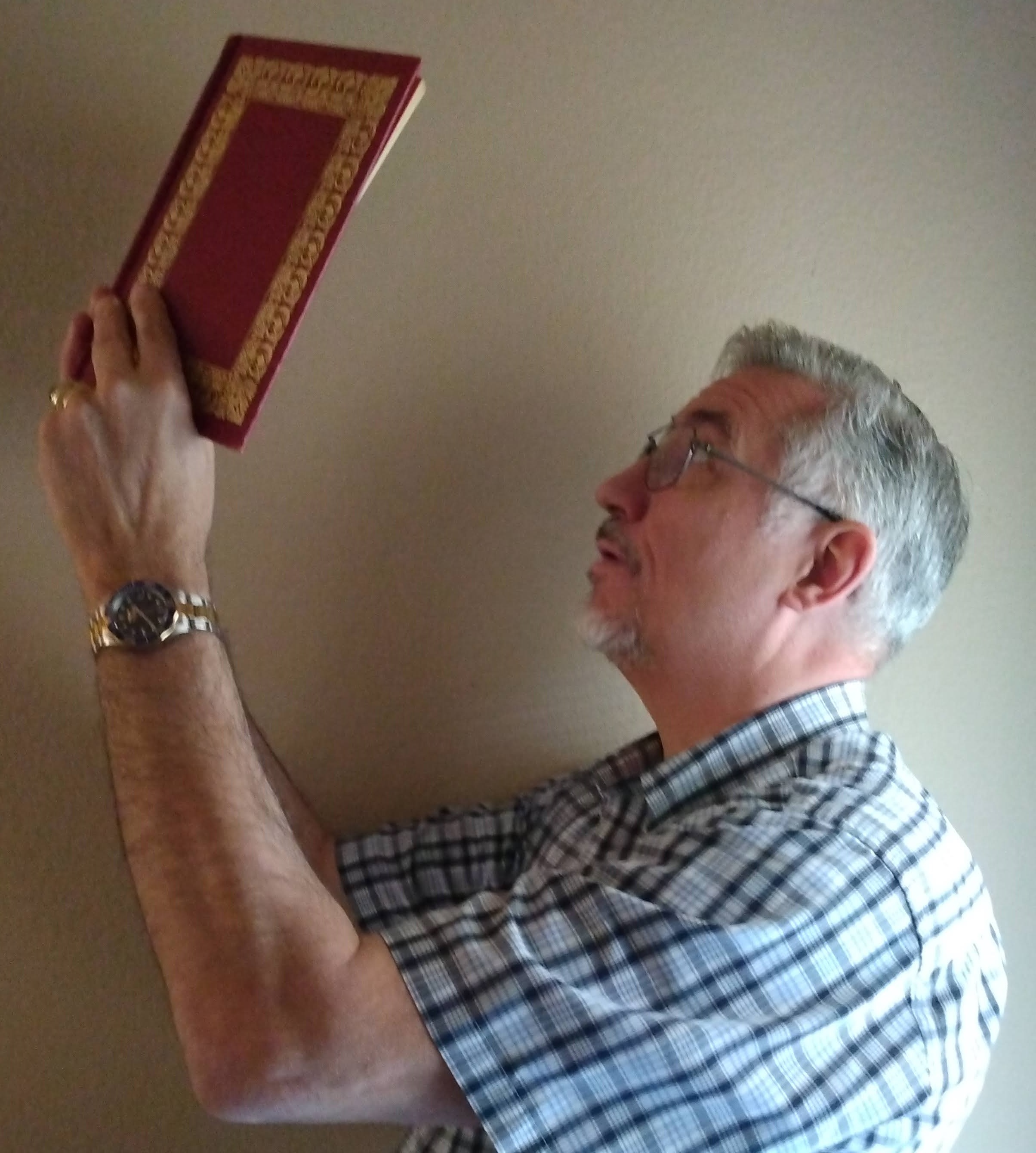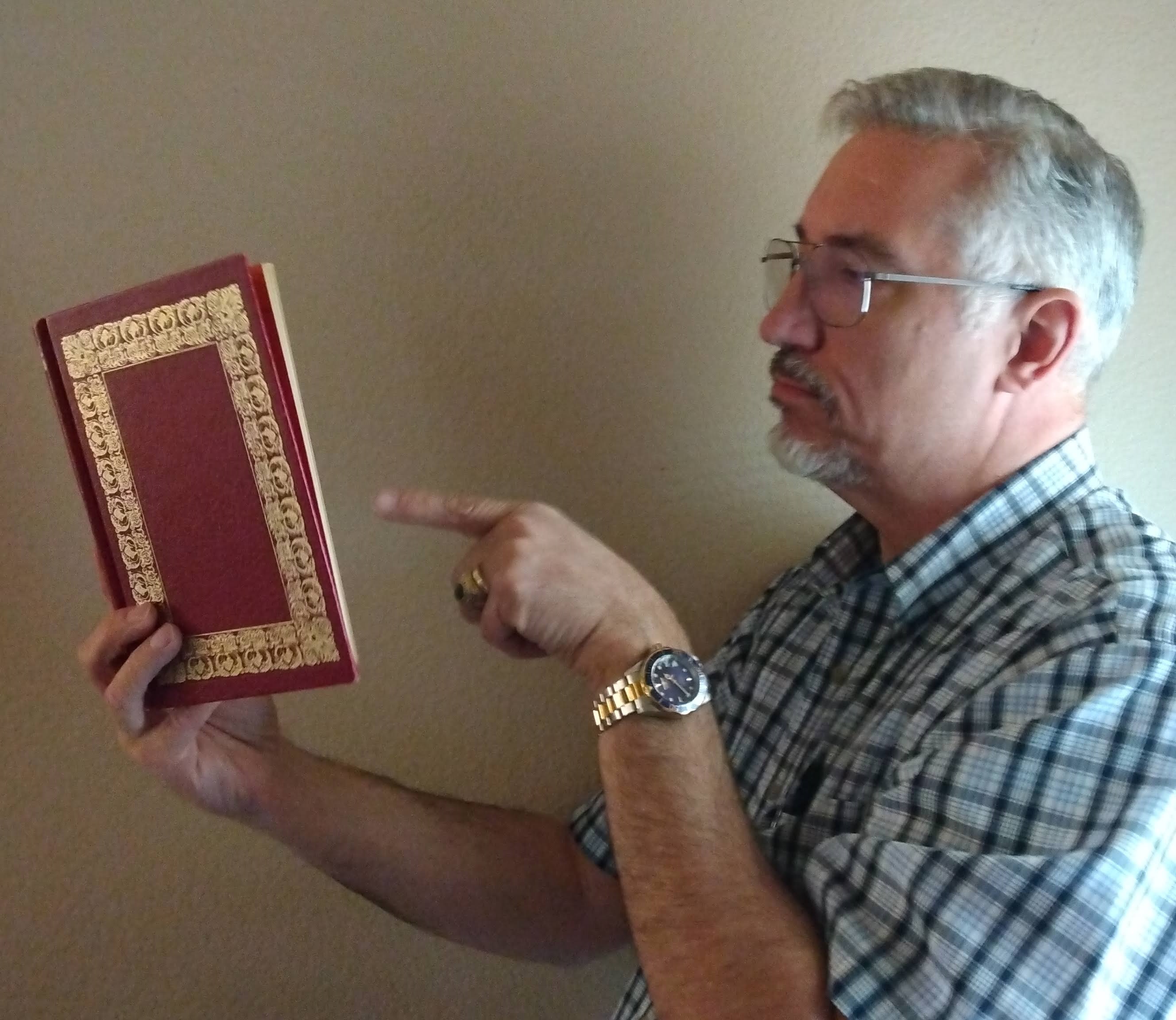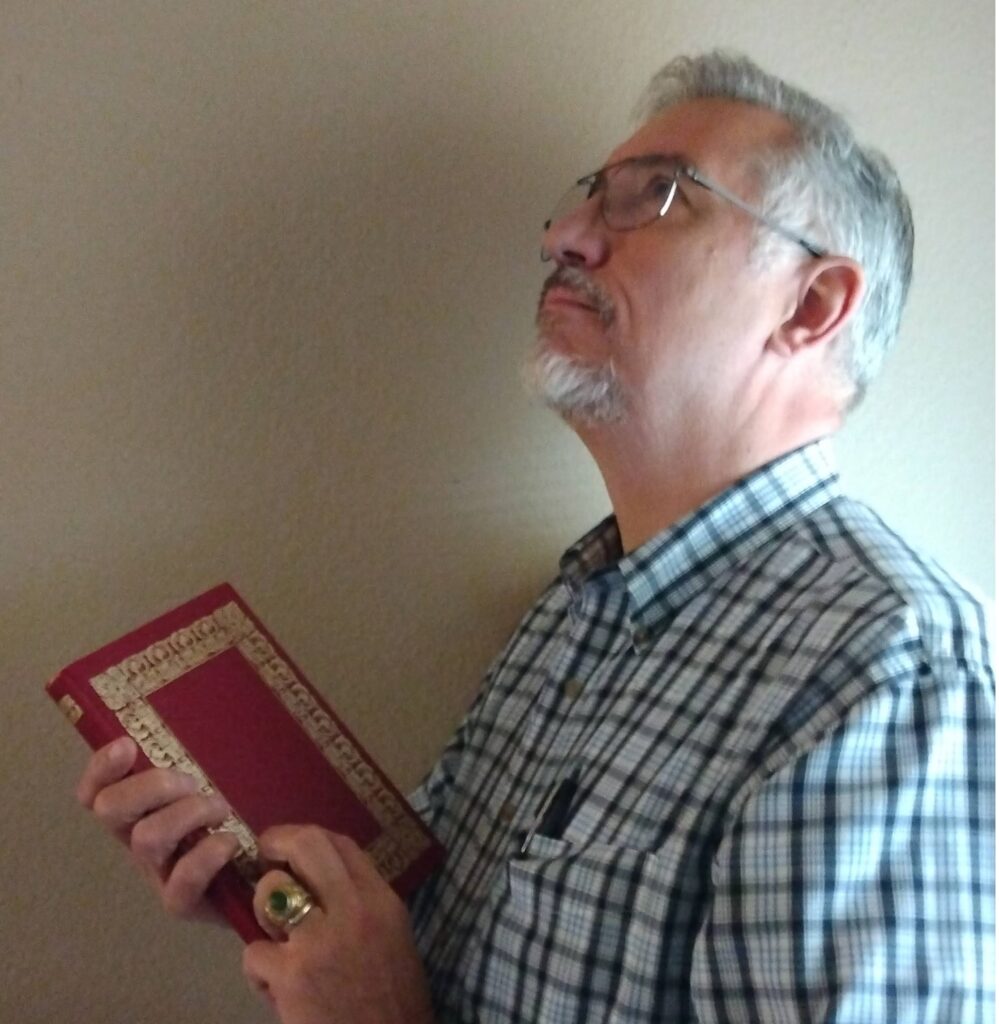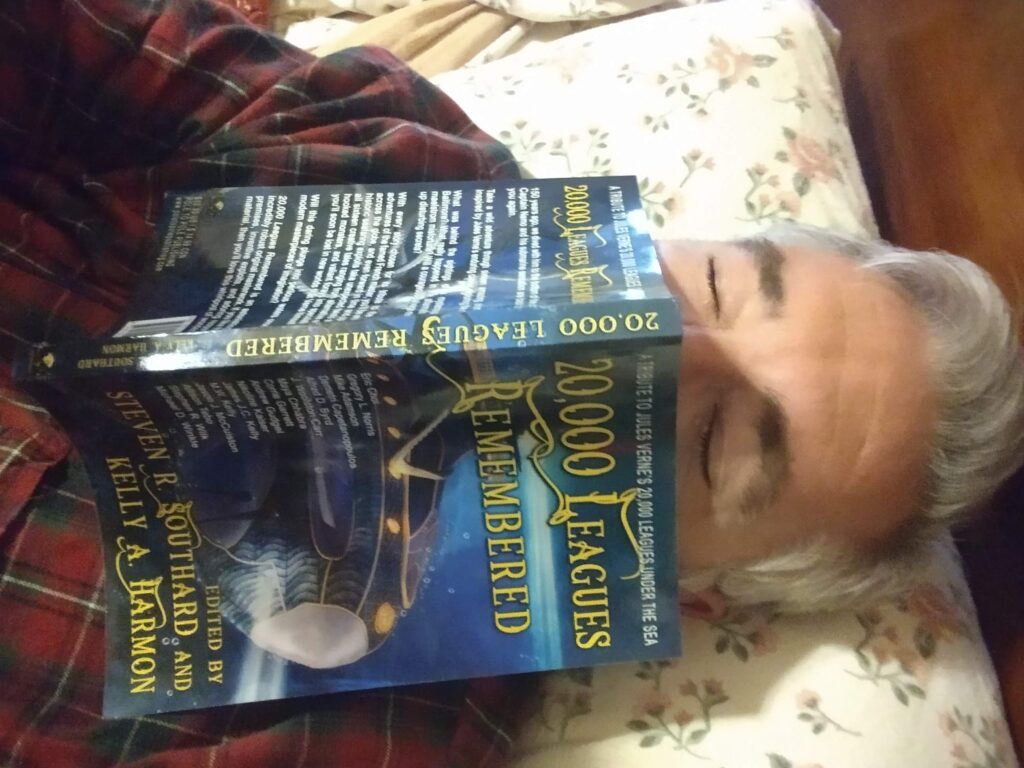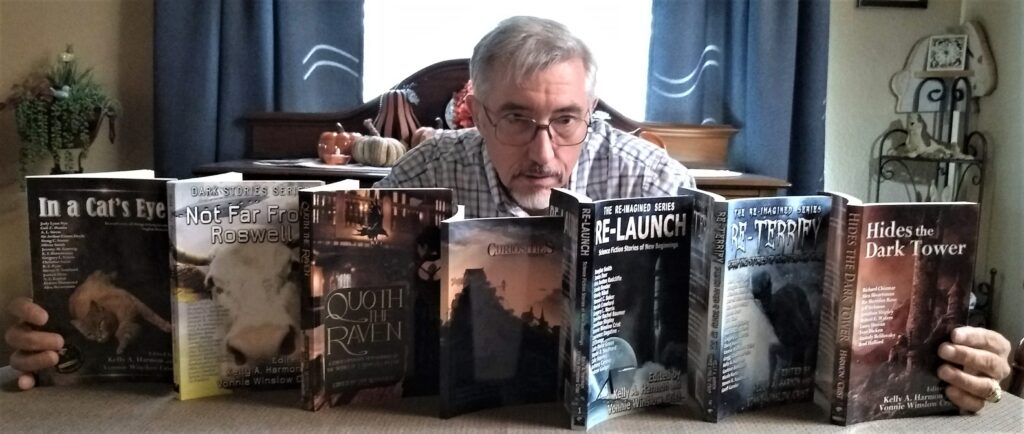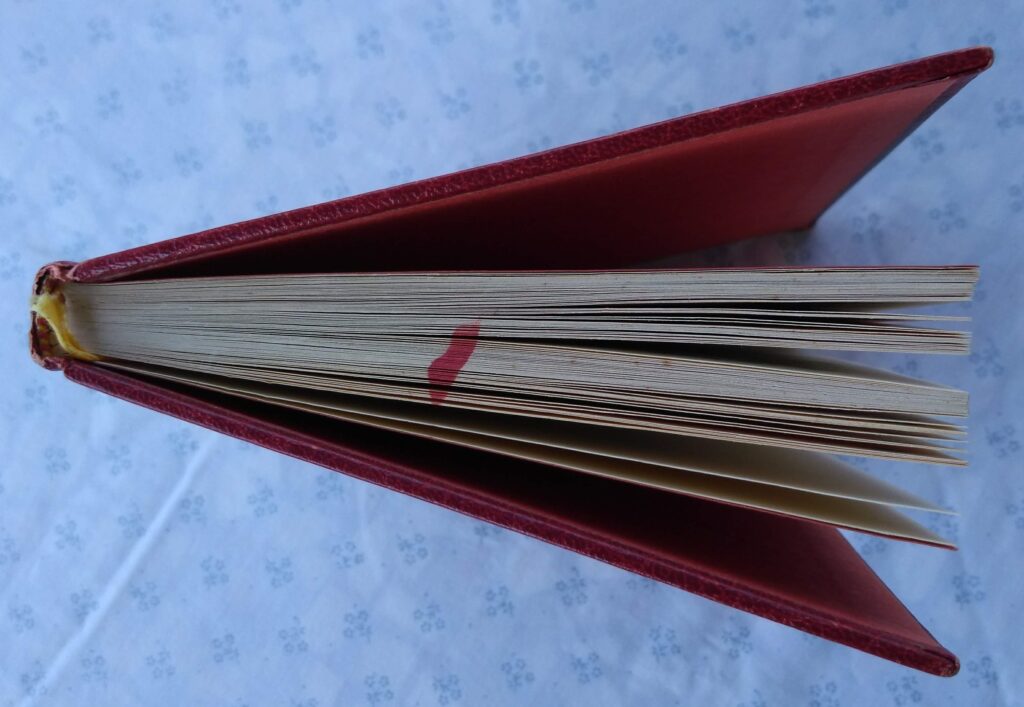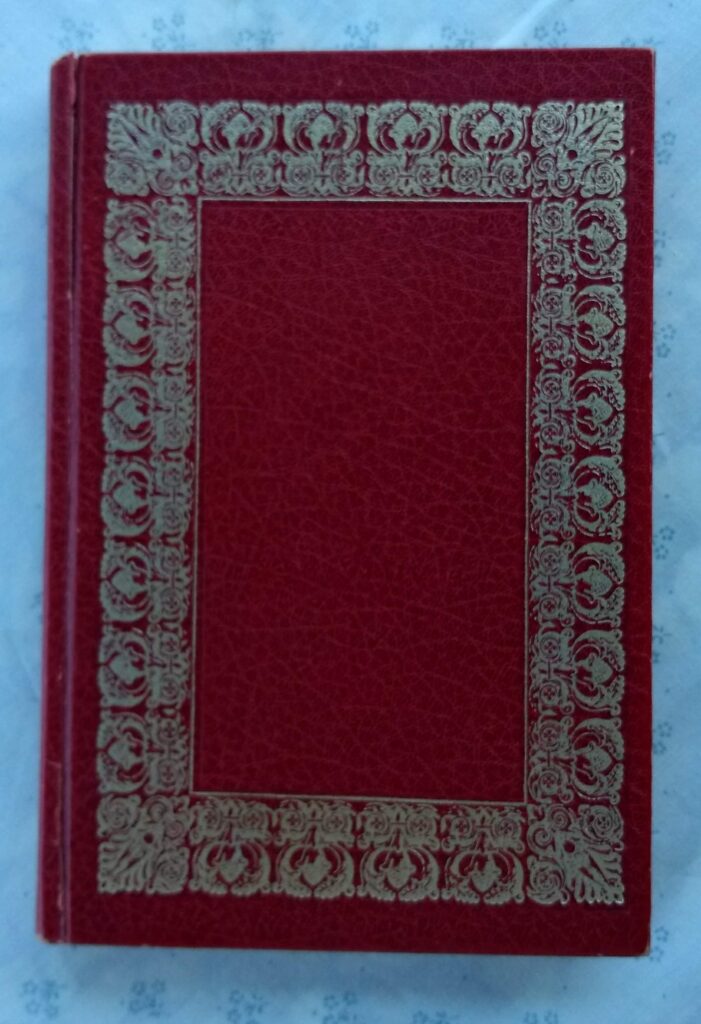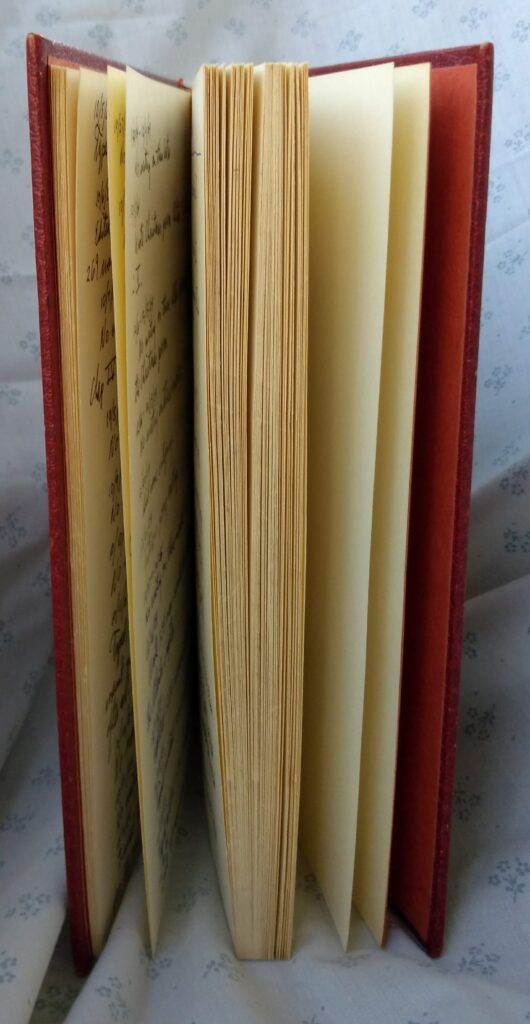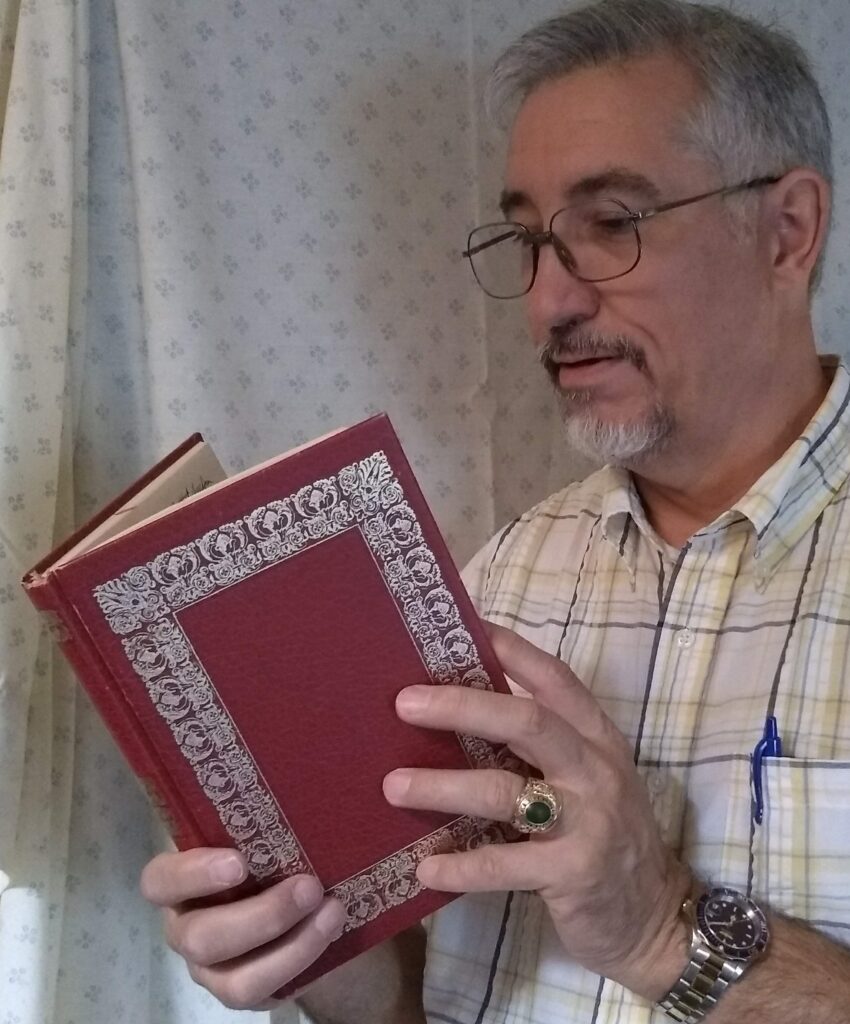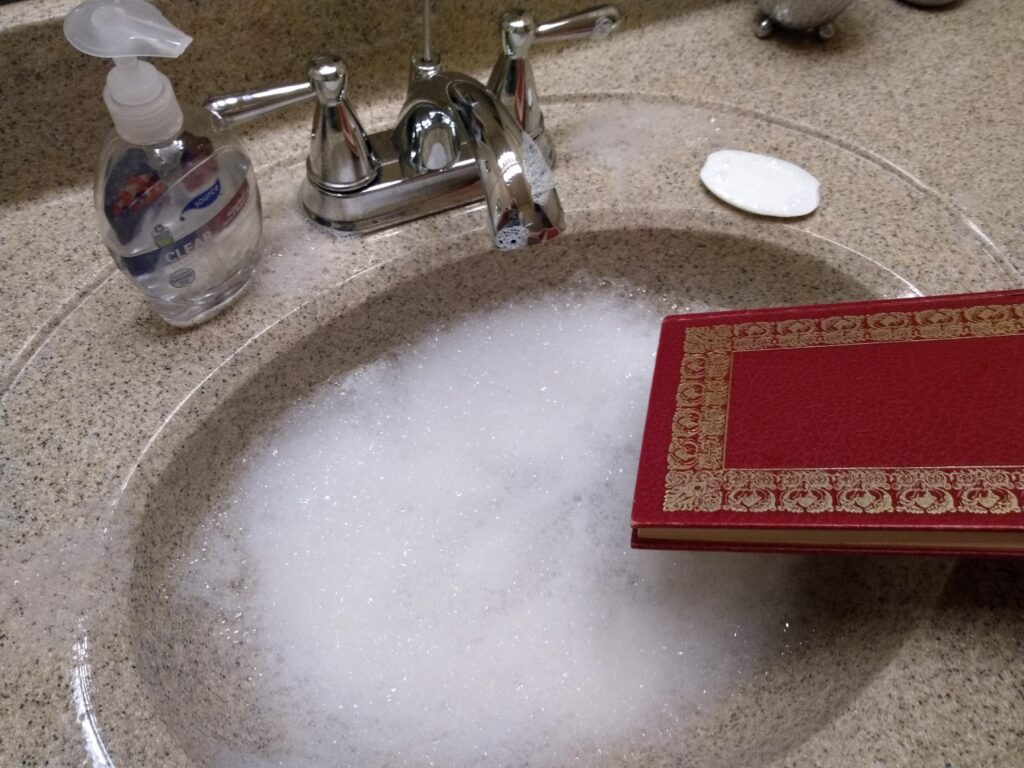Everyone who creates an online post, tweet, or meme hopes it goes viral. That occurs when others read it, like it, and share it. Viral posts often contain three key attributes. Do these same attributes apply to fiction in general?
Author, speaker, and producer Shane Snow blogged about these attributes and gave them an easy mnemonic to remember—FIN.

Fluency
The F in FIN stands for fluency. Snow means this in the sense of smooth, flowing prose, rather than familiarity with a language. He advocates plain, easy-to-understand writing.
Go for a low number in the readability index. Don’t force readers to wade through flowery phrases to grasp your meaning. Shorter words, sentences, and paragraphs make life easier for your readers. Read your writing aloud to check for awkward phrases or other stumbling points and edit as needed.
Identity
Here, Snow refers to how well the reader identifies with the characters or topic. To engage readers, connect with universal themes and struggles.
Give readers something familiar to latch onto. Often, novels begin in a familiar setting to orient readers to an identifiable locale—home, office, neighborhood, etc. They give characters commonplace problems readers can relate to. Having grounded the reader in a familiar place, the novel can then launch into the unfamiliar.
Novelty
Speaking of the unfamiliar, Snow includes novelty as the final third of the acronym. We call them novels for a reason. Be bold and creative. Strike off in a new and different direction.
Take an old idea and give it a fresh twist. They say there’s nothing new under the sun, but ‘they’ haven’t read your book yet.
Putting FIN Together
Shane Snow focused on FIN as a technique for giving your social media posts and memes a better chance of going viral. Fiction stories can be sharable, too, in the sense that fans get a buzz going and that increases sales.
For a short story, novella, or novel, consider applying these attributes in reverse order–NIF. First, think of a new and fresh thing to write about. Then, begin your story by giving readers something to identify with. Last, as you edit, work to keep your prose clean and fluent.
Soon, you’ll FINish a wonderful, sharable tale, thanks in part to Shane Snow and—
Poseidon’s Scribe

